SummaryAirport Rating N/A Reception of locals ***** Cost: £££
Ever since I can remember, I have been fascinated by the story of Pompeii, a large town covered under a layer of volcanic material following the eruption of Mount Vesuvius. It was fairly recently that I first became aware of another town, not too far from Pompeii, Herculaneum that met a similar fate and it became a dream of mine to visit the two archeological sites and see for myself what life in a Roman town may have been like. My recent trip to Italy gave me that opportunity and my observations are below. Naples to Pompeii and HerculaneumYou can get to the towns of Pompeii and Herculaneum from both Naples and Sorrento and there are a number of options for doing so. The cheapest is the Circumvesuviana train that serves Naples and nearby towns. There are a number of lines, and considering I was going to end up on the Amalfi Coast, I took the Naples to Sorrento line. The Circumvesuviana station is in a particularly sketchy part of Naples, Porta Nolana. You can catch the train from Napoli Centrale but at this point it tends to get packed so if you want a seat you need to get to Porta Nolana. The streets outside are strewn with rubbish, and as I walked through the narrow streets, I was approached by a couple of prostitutes and a homeless guy with bloodshot eyes who could barely stand he was so intoxicated. That being said, I wasn't particularly aggressively hassled and I never felt uncomfortable. The train station looks modern on the outside, but is very run down once you get inside. A ride on the Circumvesuviana is very cheap, a little over €2 is enough to take you Herculaneum and it was only €3.90 to go all the way to Sorrento. I was very confused when I got to the platform, of which there are about 8 or 9. The electronic boards showed no trains leaving or arriving at the station, and although some of the platforms had trains waiting, nowhere did it say where they were going. The train to Sorrento via Pompeii and Herculaneum runs every 30 minutes and I was waiting for the 8:39am train. At 8:36am a train pulled into the station, hundreds of commuters poured out and for a split second the electronic board flashed mentioning the train would be going to Sorrento so I jumped on board. The trains themselves are very run down. The outside of every train I saw without fail was covered in graffiti, the insides had seating that had obviously seen better days. Each station is similarly rundown, some have so much graffiti that you can't read the signs of the station and have to guess where you are. Again, it may not be the cleanest, but at no point did I feel even slightly unsafe on the train. HerculaneumHerculaneum is a very short 15 minutes from Naples. The station that serves the town is called Ercolano, after the modern town that sits at the site of the former Herculaneum. Outside the station there are a lot of minibuses and taxis offering a ride to the entrance of Herculaneum. I would strongly suggest not using a taxi service to get to Herculaneum. The station is near the top of a hill, Herculaneum is a literally a 6-8 minute walk down a hill, along a very straight road, it's very difficult to go wrong and in a car you would probably save only a handful of minutes. The site of Herculaneum is significantly smaller than Pompeii. Part of the reason is that the town was smaller anyway, but secondly, only a quarter of the town has been excavated so far and further excavations have been put on hold to preserve the archeological site that is beginning to suffer from exposure to the elements. Herculaneum was founded by the Samnite people, a tribe that dominated the western Italian peninsula prior to the Romans, The town got its most famous name after it became a Greek colony. By the time Mount Vesuvius erupted on 24 August 79 AD, the town was a fairly wealthy Roman settlement. In fact, the proportion of rich houses that have been found has led archeologists to believe the town was wealthier than nearby Pompeii. Due to prevailing winds, Herculaneum was affected a night after Pompeii, allowing some, but not all of its residents to evacuate the town. Following the first debris, the town was covered under six pyroclastic flows that left the town buried under metres of molten rock for 1,600 years. Excavation at Herculaneum began before Pompeii, but once Pompeii was discovered, excavations at Herculaneum ceased as Pompeii was buried under 4 metres of debris whilst Herculaneum was buried under 20 metres. Once restarted, excavations showcased an exceptionally well preserved town, with many statues, artworks and frescos still with their original coloured pigments. It costs €11 to enter the site. I had brought my bag that contained all my clothes for my time in Italy, but luckily there is a luggage hold within the main entrance where you can leave your bags for free. Just outside of the main entrance and information centre is a view over the excavated town and I was absolutely stunned to see how well preserved it is. Honestly, it looks like a normal, operating town. I visited in January and was lucky to arrive on warm, dry day. But the fact it was only 9:00am, and January is the off-season, meant that other than the workers, I was the only person in Herculaneum and it was absolutely incredible. I walked the cobbled streets, visiting the different houses and temples within the site. It was amazing to see the coloured frescos on the walls and ceilings of the some of the houses, the public baths that looked as though they could have been used yesterday, or the streets that looked incredibly beautiful but could easily be functioning streets today. The site isn't very big, I spent just over an hour and a half walking at a fairly chilled pace and managed to see pretty much everything. In terms of preservation it is much better preserved than Pompeii, but in terms of scale it pales in significance to its more famous neighbour. As with Naples, the Circumvesuviana leaves every 30 minutes, so it is fairly easy to plan your exit to catch the next train either towards Pompeii and the Amalfi Coast, or back to Naples - for me it was onward to Pompeii. PompeiiI returned to the Circumvesuviana train station at Ercolano to catch the train to Pompeii Scavi station. Pompeii is a little further out and the journey took roughly another 30 minutes passing through a number of towns. Unlike Herculaneum, which is a 10 minute walk from the Ercolano station, the entrance to Pompeii is literally right outside Pompeii Scavi station. The entrance has rows of food vendors and a couple of restaurants but the station and surroundings have been significantly more developed than those at Ercolano. Again, there is a room by the main ticket office where I was able to drop my bags off for no charge, although entrance to the archeological site itself costs €13. Pompeii is significantly larger, and much more famous than Herculaneum. With approximately 2.5 million visitors each year, it's one of the most famous attractions in Italy, and has been since excavations began over 250 years ago. The city was founded as early as the 7th century BC, and had grown to become a decent sized settlement of 11,000 people at the turn of the millennium, when it was used as a holiday city for wealthy Romans and Neapolitans. By the time Pompeii was destroyed by the eruption of Mount Vesuvius, it had already spent the past decade in varying levels of disrepair following a major earthquake in 62 AD. As you enter the complex, there are multitude of tour guides selling their expertise for €15. The information centre also gives a free guide to the Pompeii excavations, and this is a little booklet that is incredibly detailed and covers all the major areas of Pompeii. I decided to forgo the guided tour and use the booklet instead. The complex is split into nine different regions, and as I decided to explore alone, I was free to take any route that I wanted. It was obvious from the start that Herculaneum was better preserved, but there is just so much more to see in Pompeii. I entered through the Porta Marina in between region 7 and 8 and made my way around all 9 regions. This entry brings you straight into the Civil Forum, the core of the ancient city. From here you can see numerous temples and houses on its perimeter, as well as the ominous Mount Vesuvius towering over the town. There is so much to see in the complex that I won't even begin listing everything I did, but there were definitely a few highlights. The first are the rows of houses along the ancient cobbled streets. Again, as with Herculaneum, there were no summer crowds. In fact, other than a couple of groups of Chinese tourists, the entire site was relatively quiet. I found myself often wandering the streets of Pompeii with no one around me, and that added to the slightly eerie atmosphere. Without a doubt, the highlight of my time in Pompeii was the Grand Theatre in region 8 of Pompeii. I climbed the stairs, and sat in a seat overlooking the main stage, just as the inhabitants of Pompeii must have done 2,000 years ago. Just the feeling of being able to do that in an area that has been unchanged in so long was indescribable, and the view from the top of the theatre is stunning - you can a very good perspective of the entire theatre below. There were of course a lot of lives lost in the city, and plaster casts accurately capture the positions of the bodies of some of those who lost their lives in 79 AD. There are a number of places to see them in the city; the House of Siricus in region 7 and Garden of the Fugitives in region 1. The latter in particular is especially touching as it shows the victims, including children, trying to shelter from the molten rocks and poisonous gases that were consuming them. The Forum Granaries in region 7 is the archeological warehouse of the city and holds more than nine thousand artefacts from the excavations of Pompeii including a significant amount of terracotta crockery. In region 6, the House of the Tragic Poet is something that really stood out. On the floor of the entranceway to the house is an intact mosaic of a large black dog with the Latin text CAVE CANEM or 'Beware of the Dog' written below it. Small things like that made me realise just how similar to us these people were in terms of their outlook and the way they approached their lives. There are quite a few houses with statues still in their courtyards (House of Faun) or frescoes or other decorations on their walls. The House of the Lararium of Achilles in region 1 is one such dwelling that has a rich pictorial decoration of the Trojan War. I had planned to be in Pompeii for a couple of hours, but by the time I was done walking through each of the regions, I had spent three hours in the city, without even realising how quickly the time passed. Is it worth visiting Pompeii and Herculaneum?I would definitely recommend a visit to both towns to get an appreciation for how these people lived 2,000 years ago, both towns are remarkably well preserved. Of the two, Herculaneum is better preserved, but due to its scale, Pompeii is still the better of the two. That being said, if you are visiting one, you should definitely visit the other. It's entirely possible to spend a decent amount of time in both towns and be done in half a day - I spent a total of just under 5 hours split between Pompeii and Herculaneum, but with more efficiency in Pompeii I could have probably done it in 4 hours. During my trip to Naples (which I will post an article about next), I met a Greek traveller who was spending a week in Naples and was going to visit Pompeii later in the day. I asked him whether he intended to also see Herculaneum and to my surprise he hadn't heard the site existed. It's a shame, because in terms of preservation of houses and streets, Herculaneum is very impressive. I would also couple the visit to the ruins with a trip to the National Archeological Museum of Napoli which I did and will write about in my next article. The museum houses many artefacts recovered from both towns and is definitely worth visiting. There are conservation issues surrounding both Pompeii and Herculaneum and since they have been exposed to the elements, but archeological sites are facing a number conversation issues - again this is partly where the museum comes in by holding some of the more fragile or previous paintings, frescoes and statues. On a final note, I've previously mentioned that when I go walkies in different areas, I can happily not eat food all day, I understand that for others this isn't an option. If that's you, bring a packed lunch. There are a few vendors and stores outside both sites, particularly Pompeii but they, unsurprisingly, put up their prices as there aren't too many other places you can go. Comments are closed.
|
AuthorBritish Sikh, born in the Midlands, based in London, travelling the world seeing new cultures. Categories
All
|
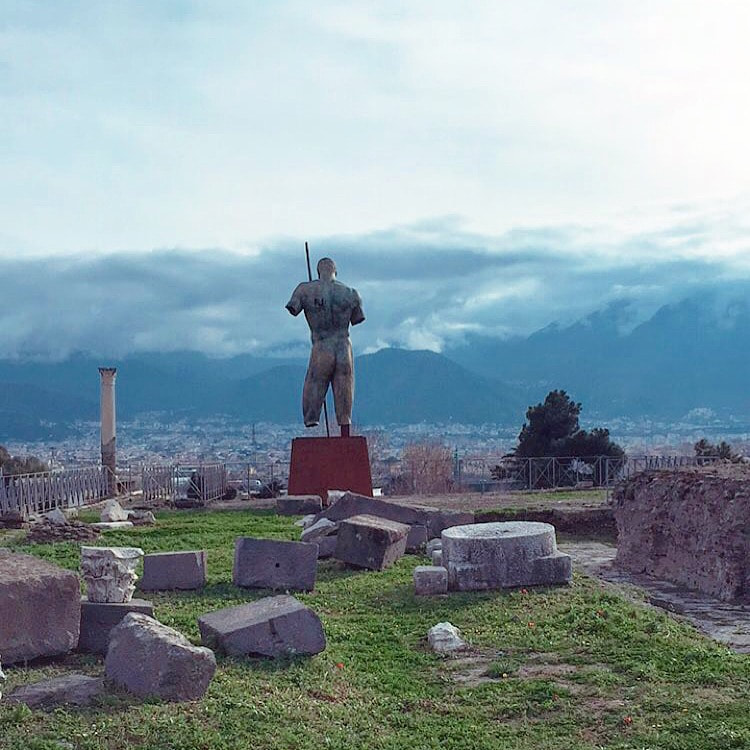
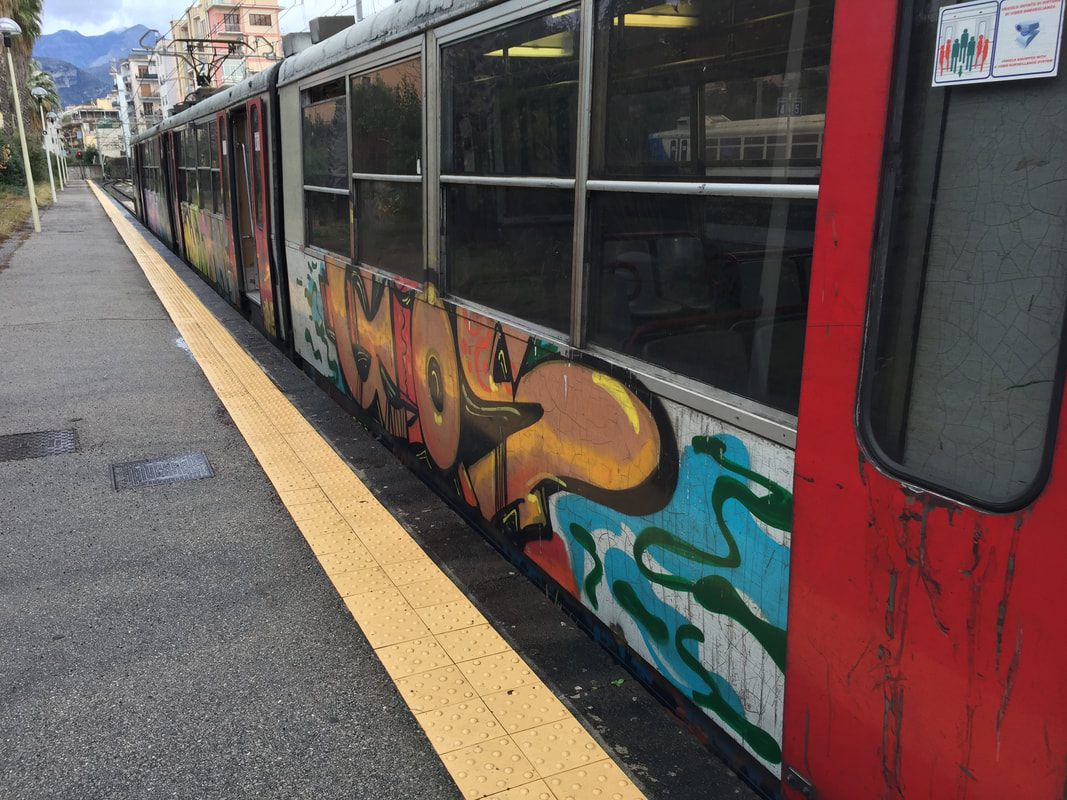
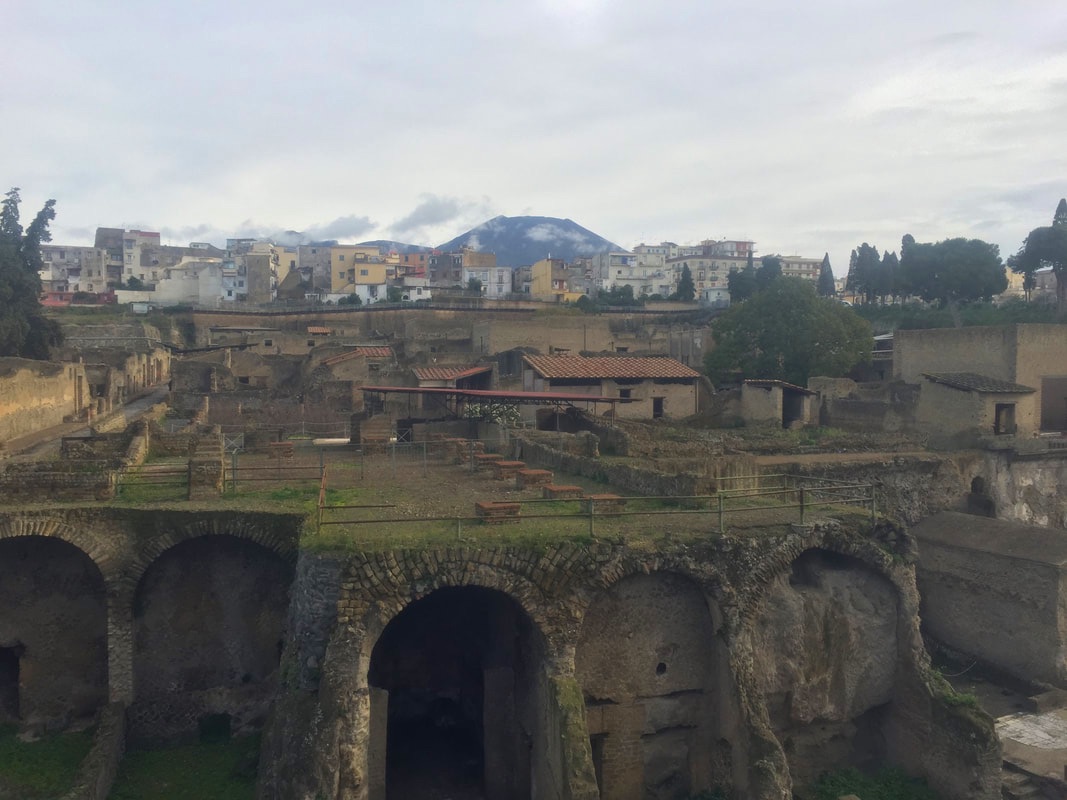
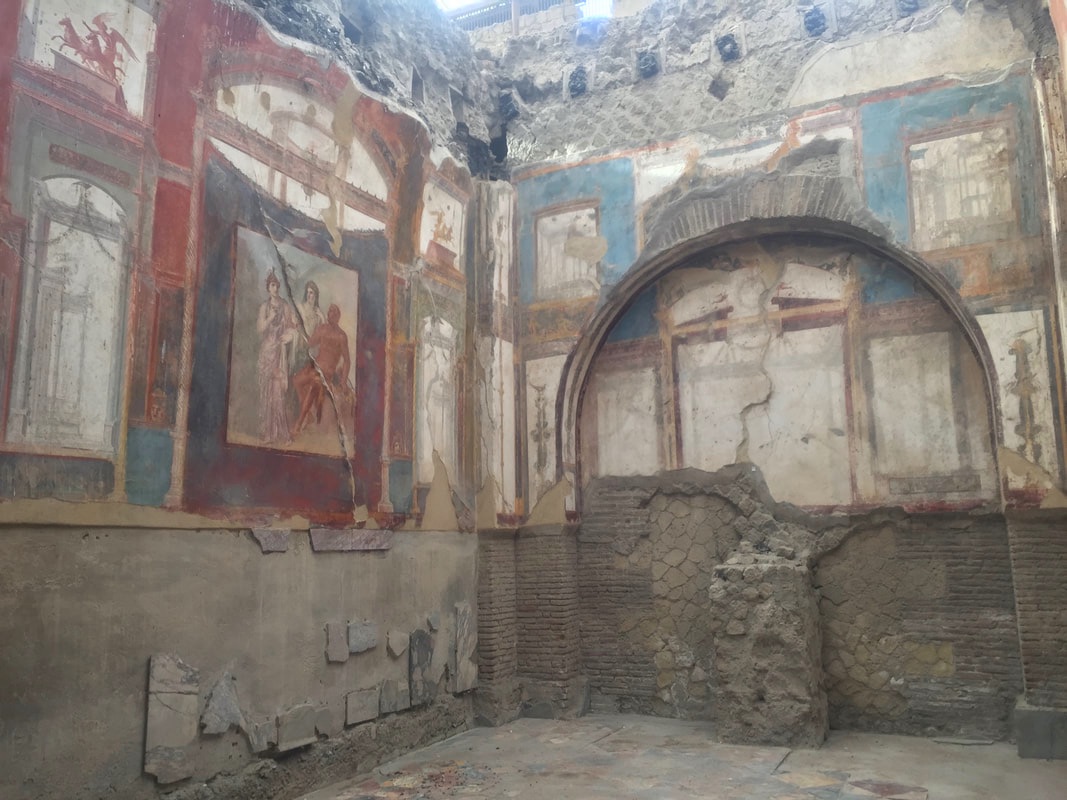
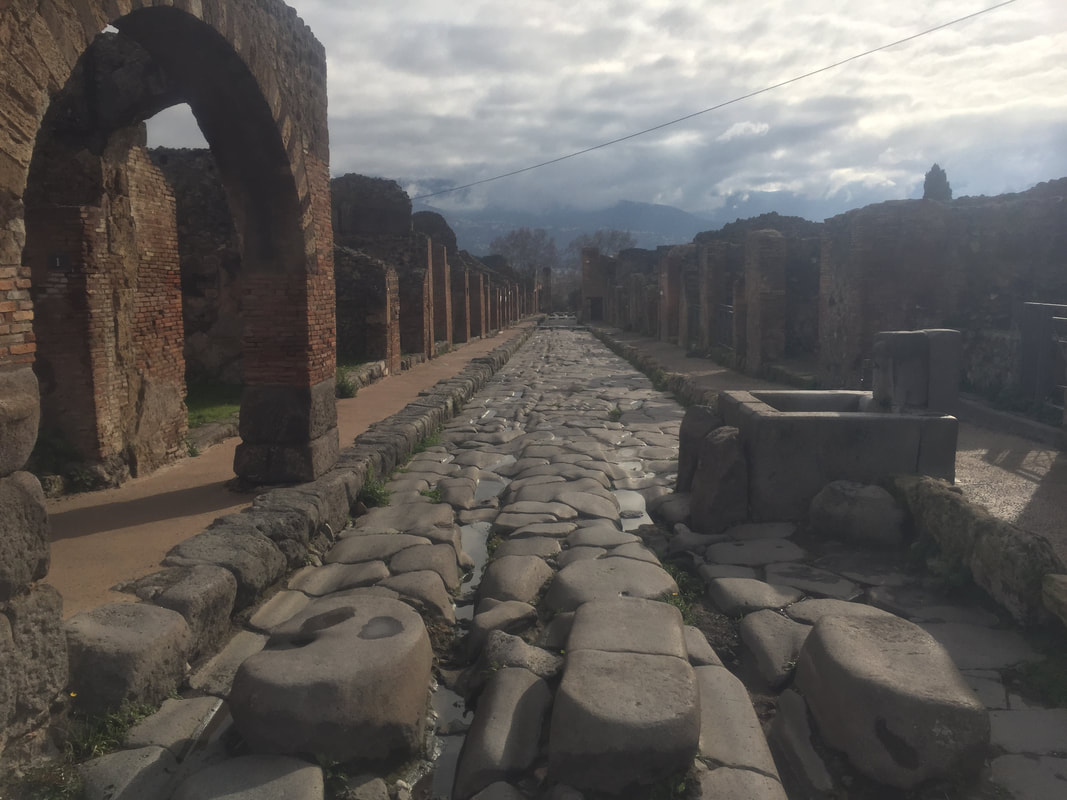
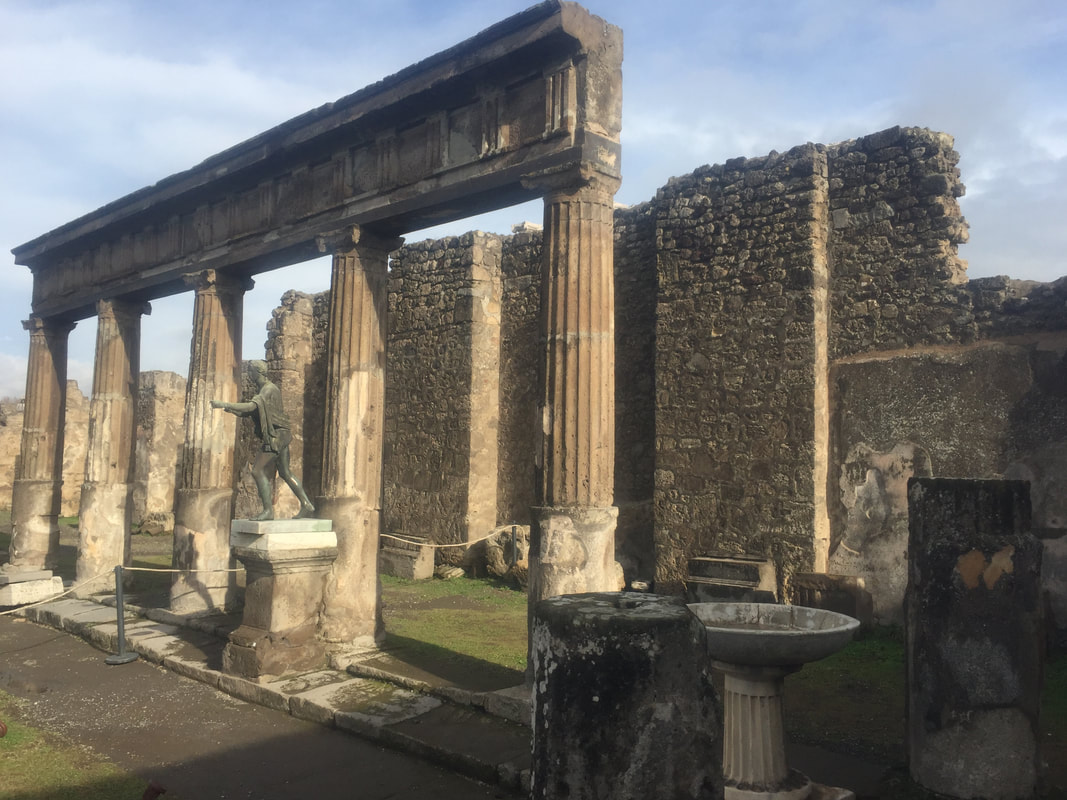
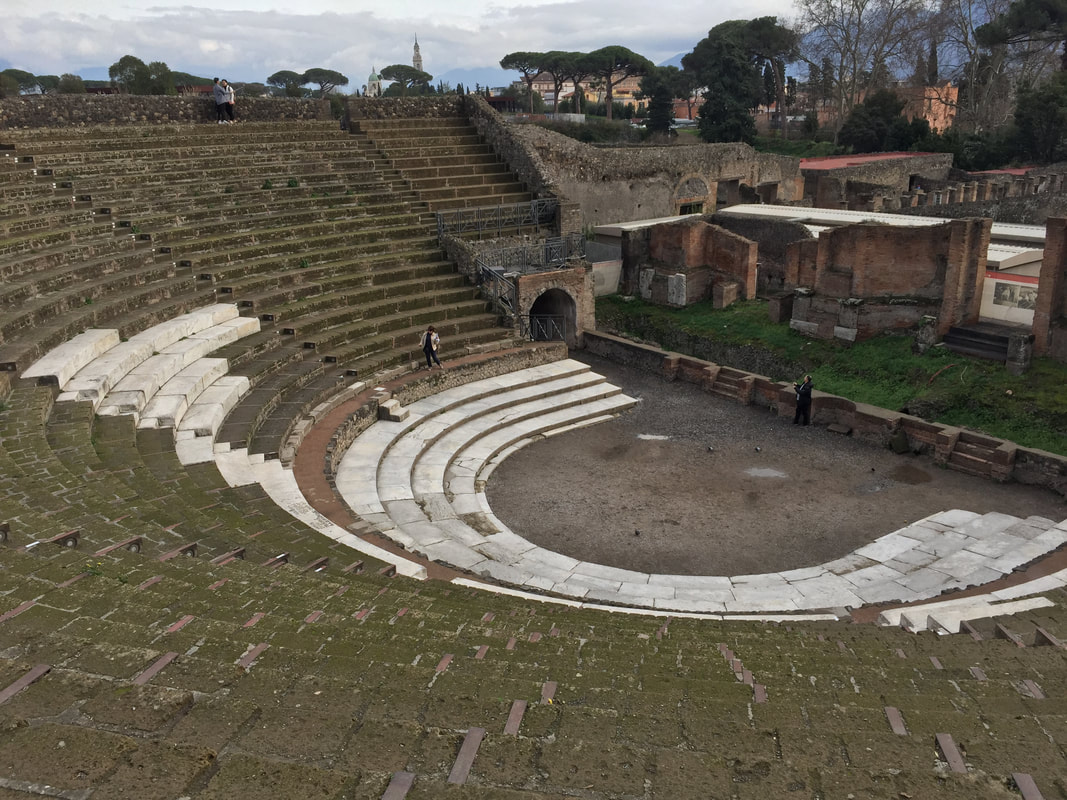
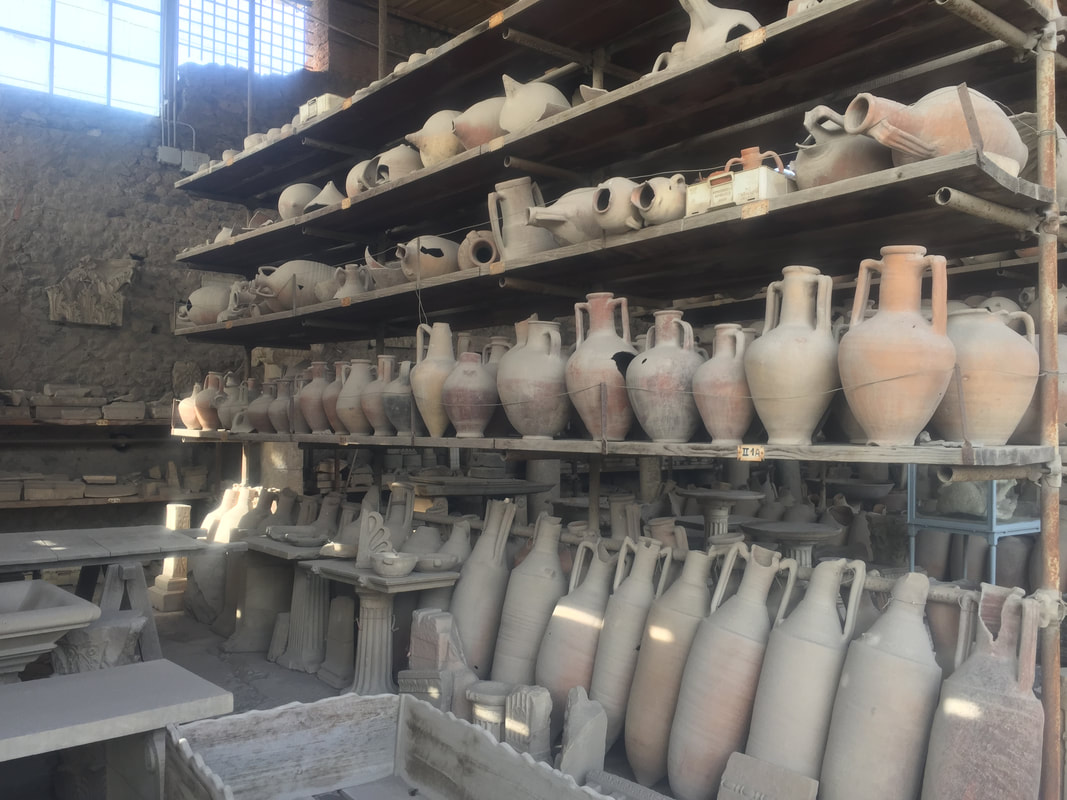
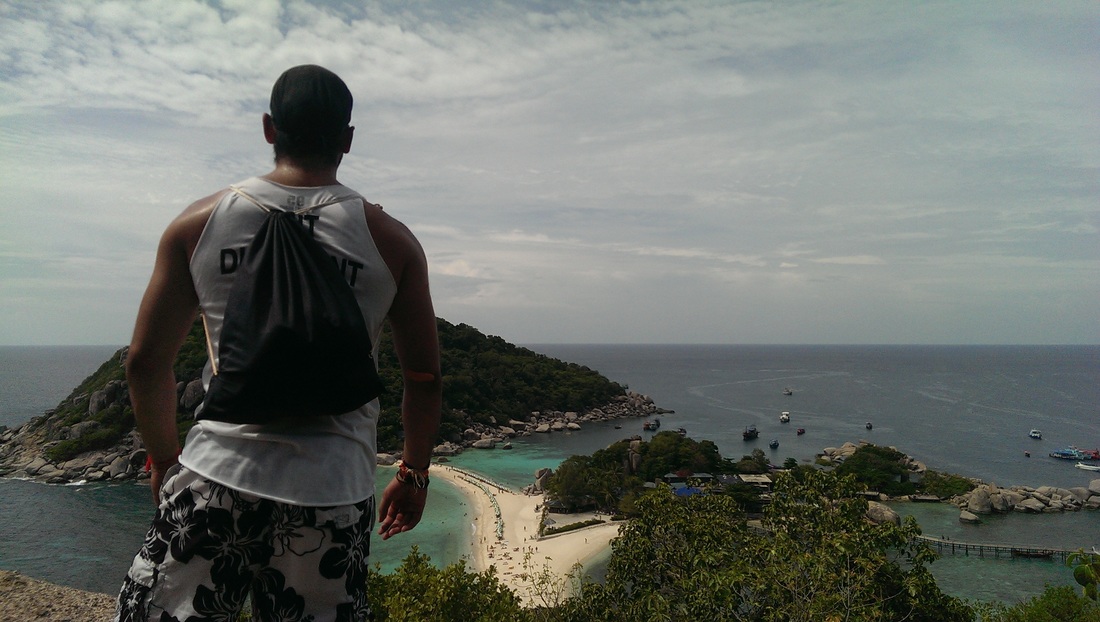
 RSS Feed
RSS Feed